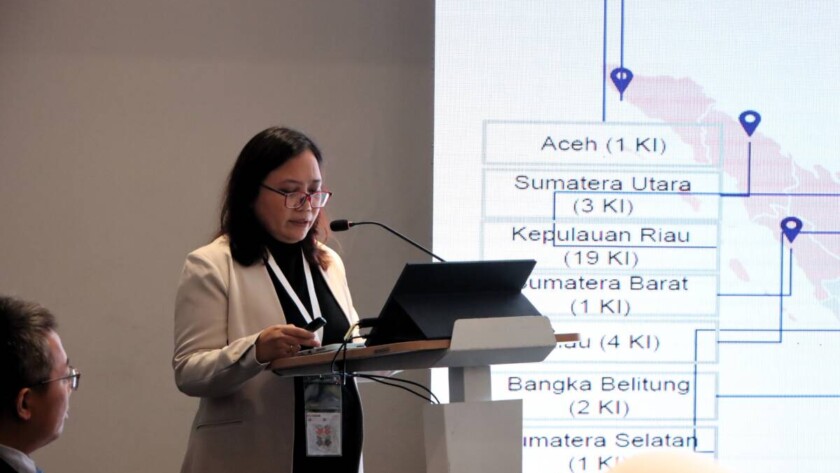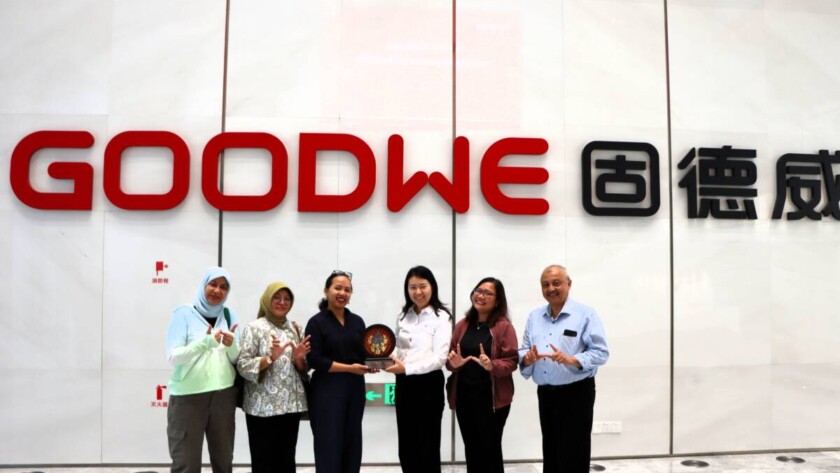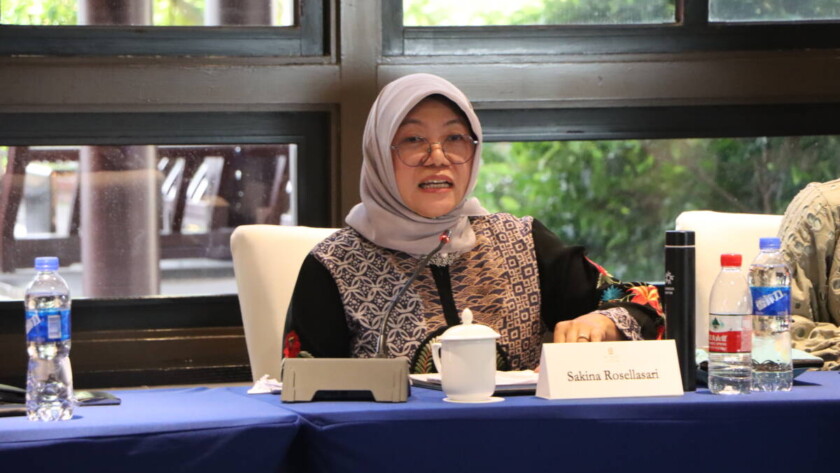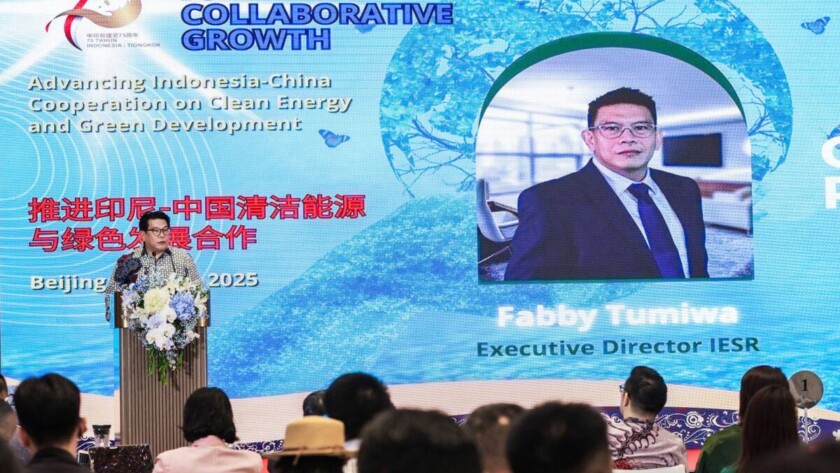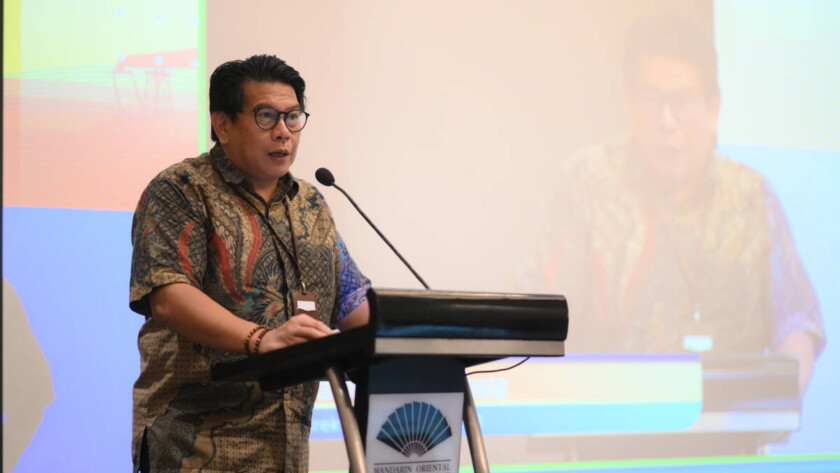Jakarta, November 13, 2025 – Although coal remains dominant and supports the economies of coal-producing countries like Indonesia, strengthening global climate commitments and decarbonization plans in destination countries for Indonesian coal exports, such as China, need to be anticipated.
Arief Rosadi, Climate and Energy Diplomacy Program Manager at the Institute for Essential Services Reform…



